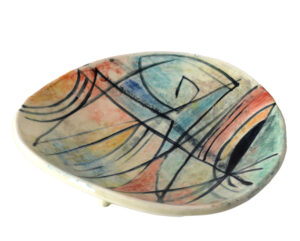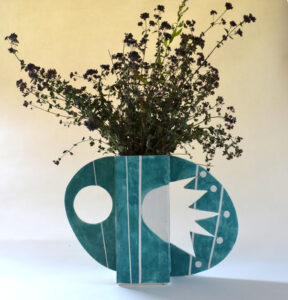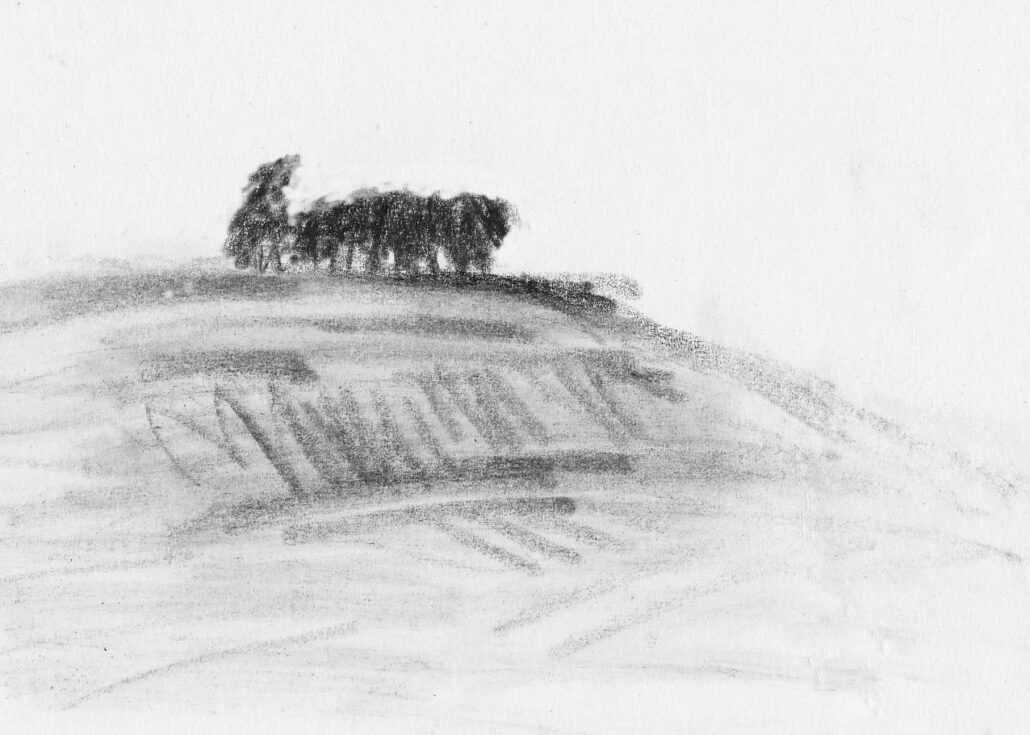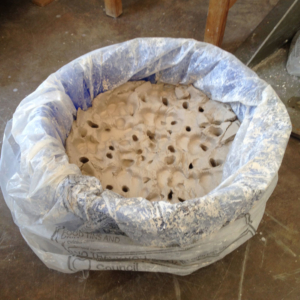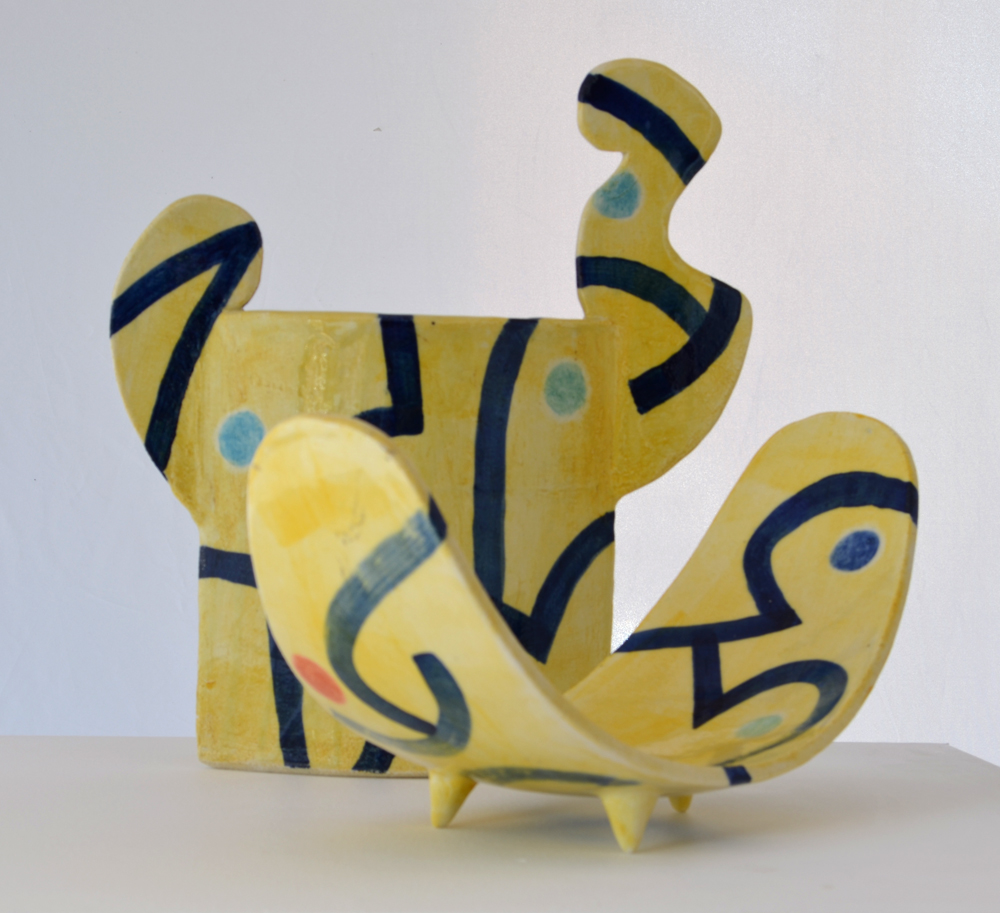Adeus, Astrud.
In what has become customary in this blog, I was yet again talking to a fruit the other day – this time an avocado. And, yes, it IS a fruit. They are considered so because they fit all of the botanical criteria for a berry. They have a fleshy pulp and a seed. This particular avocado was in mourning over the passing away of one of its fellow South Americans, the dreamy-voiced bossa nova singer Astrud Gilberto.
What has bossa nova got to do with ceramics? Not much. It’s just that her voice, for those of us who were around then, played such a defining part of the mid-sixties. At the time of her recording of the “Girl from Ipanema”, although she had little time to prepare (she had never sung professionally before), her detached but sultry vocals perfectly captured the spirit of a “tall and tan and young and lovely” girl who turns the heads of everyone she passes. Her husband, the guitarist Joao Gilberto, was recording with the jazz saxophonist Stan Getz when they decided they needed someone to sing the song in English, and since Joao spoke not a word, she volunteered.
She wasn’t credited on the track (which was released under the name Stan Getz and João Gilberto) and she only received the standard $120 session fee for her performance, whereas Stan went on to buy a 23-bed mansion outside New York. But her career took off and she sang with the likes of Antonio Carlos Jobim, Frank Sinatra, George Michael, and Chet Baker. We like listening to her cool-as-a-cucumber, slightly diffident voice here in the studio – her singing entwining with Stan Getz’s smooth saxophone calms the atmosphere. Adeus, Astrud. Click here to hear her sing How Insensitive (Insensatez)– she is slightly hesitant, even insecure, in her delivery, probably because of her limited English, but it makes the song all the sadder.
Avocados (persea americana) are popular with ceramicists who enjoy playing with the colours and the shape to create bowls for tableware, and it was the hippest shade of green for your ceramic bathrooms in the 1970s.
Something else that is becoming popular with some ceramicists is the Japanese art of Kintsugi (Golden joinery), whereby broken pottery is mended with lacquer dusted with powdered gold or silver, treating the breakage as part of the history of an object, rather than disguising it. Nowadays potters can buy tubes of ready-made golden glue that hardens at 300F, and no doubt many have pounced on it as a way of salvaging work that might still be sellable.
Yours truly is no exception, and the large piece that cracked in the kiln as described in May’s blog was brought out and repaired. However, there were too many cracks to make it watertight, and though it looks good with its golden fissure unashamedly exhibited to all eyes, it sounds dull when you tap the vase with your knuckles. A horrible sound to all potters, and a death knell to a pot. It certainly can’t be sold and will probably live outside in the garden where it might scare away the mice, though the resident barn owl might get confused. I think I will call it Astrud, which means “energetic, courageous and determined”. I made another similar one, which came out of the kiln in perfect condition.

“Call of the Nightingale recorded over eighty-six seconds” 145 x 180 cms. Nicky Arscott 2023.
Owls are not the only nocturnal birds, of course. So is the nightingale, which sings its heart out in the dead of night to attract passing females migrating back to Britain. Last year I told you about our midnight walk with Sam Lee in a wood near Gloucester and I remember him telling us that if you hear one still singing at the end of Spring, that means he didn’t get the girl and he’ll be a summer bachelor. Sam will be reading from his book “Nightingale” and singing (he is a Mercury award-winning singer) at the Ledbury Poetry Festival on Sunday 2 July, so if you’d like to buy a ticket please click here.
I am sure I’ve told you before that all the PAC pieces are stoneware, and that they are glaze-fired to 1200°C. Until now, every piece is dipped in a tub of liquid glaze, or, if too big, has the glaze poured over it. This means you don’t get uniform coverage but inevitable thicker and thinner areas of glaze on the surfaces – which is attractive and accentuates the “handmade” aspect of production.
However, using an air compressor and a recently purchased spray gun, goggles, a mask, and a rickety spray booth made out of a large cardboard box on an abandoned garden table, and finally a coverall that was disappointingly tight around middle, two pieces were glaze-sprayed and came out of the kiln with a lovely sheen. Breathing in glaze is strictly to be avoided, you see – thus all the safety preliminaries.
All this is just another example of how far we go to make things pleasing to others. It’s only a few steps away from exerting a pull by creating something irresistible and beautiful like the nightingale desperately attracting a mate, or Astrud singing about regret, or even an owl hooting in the night. Even potters do it, albeit subliminally.
































